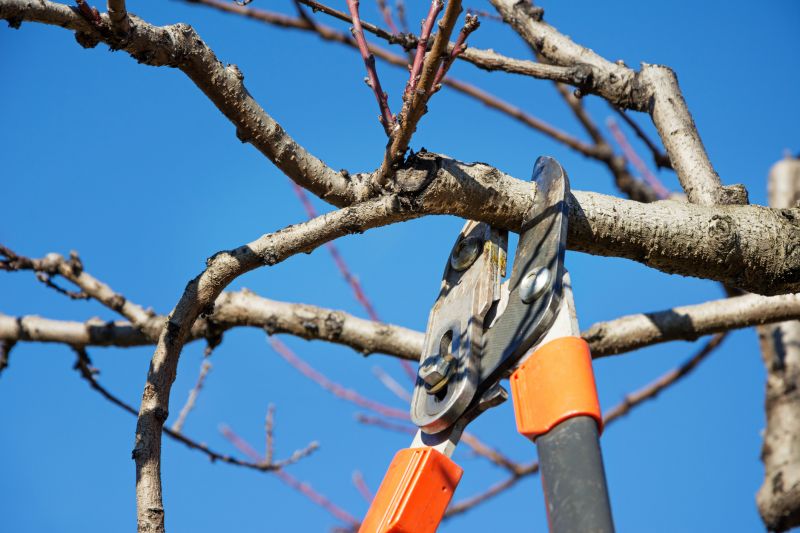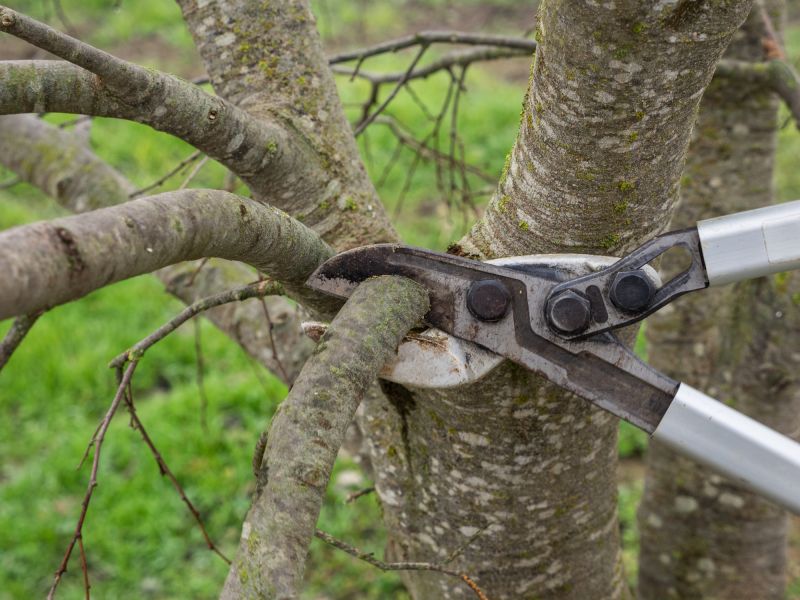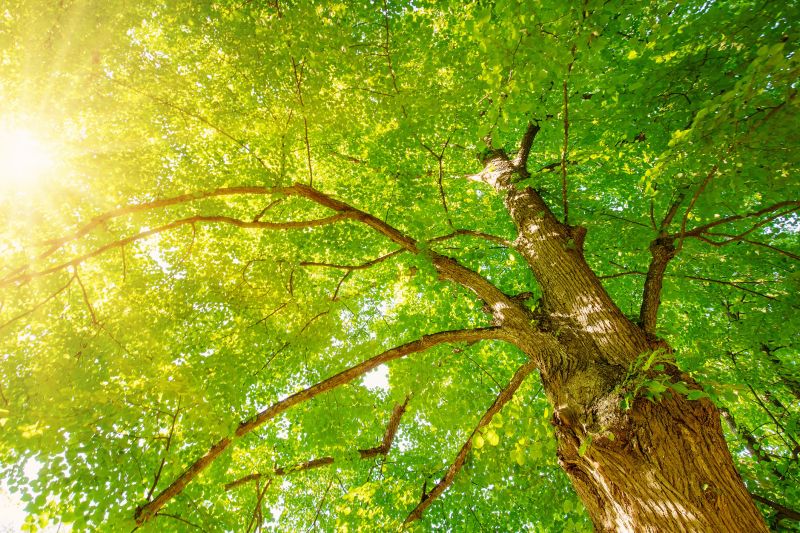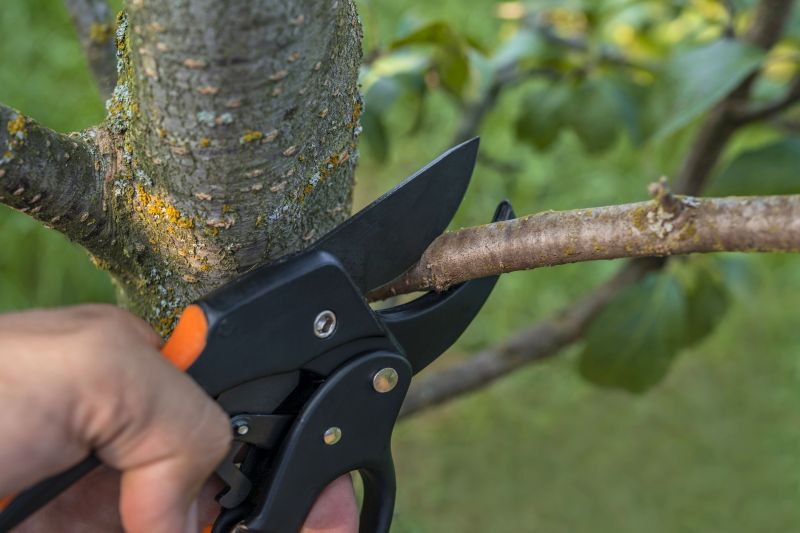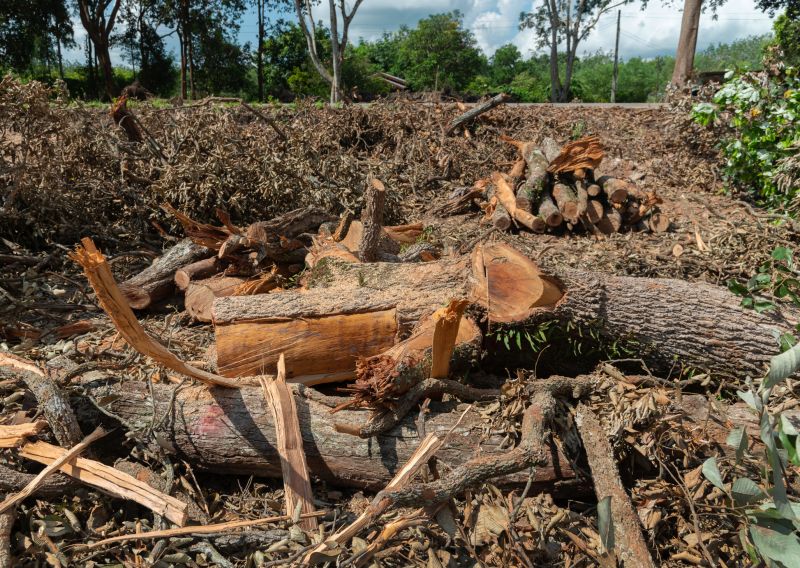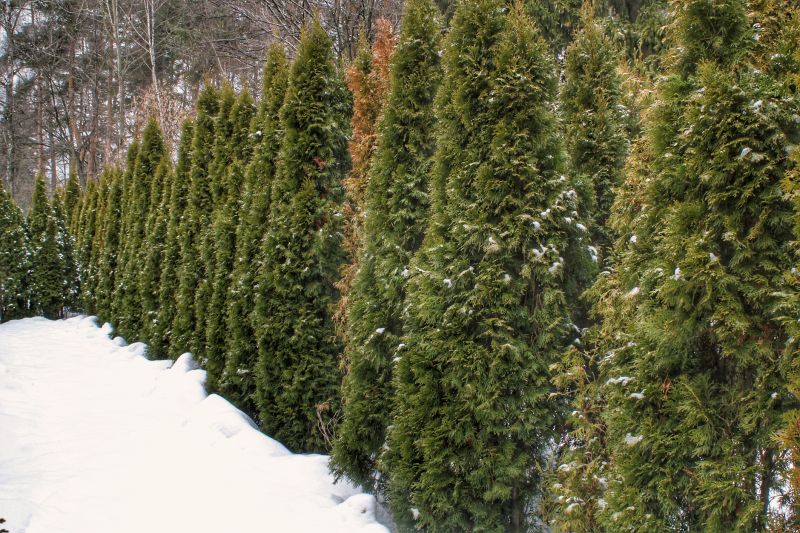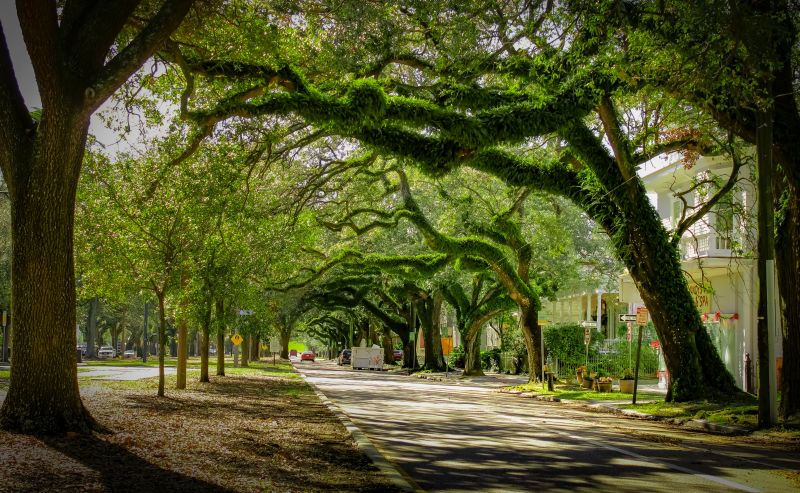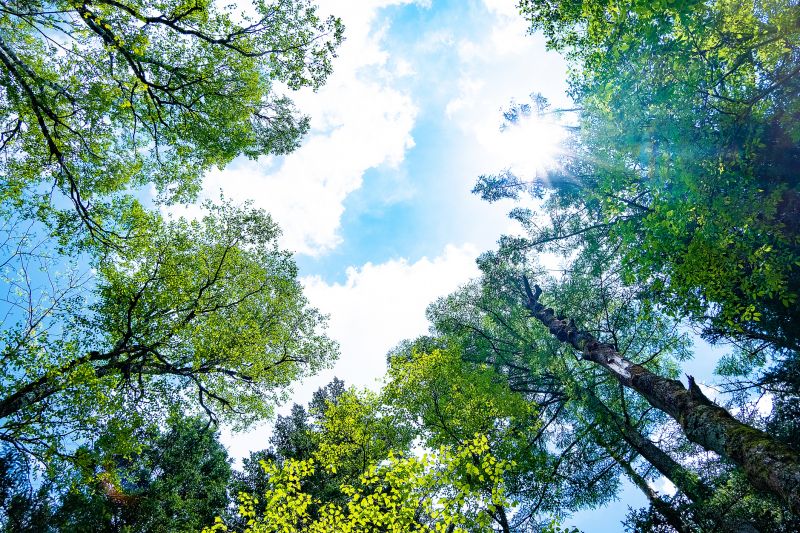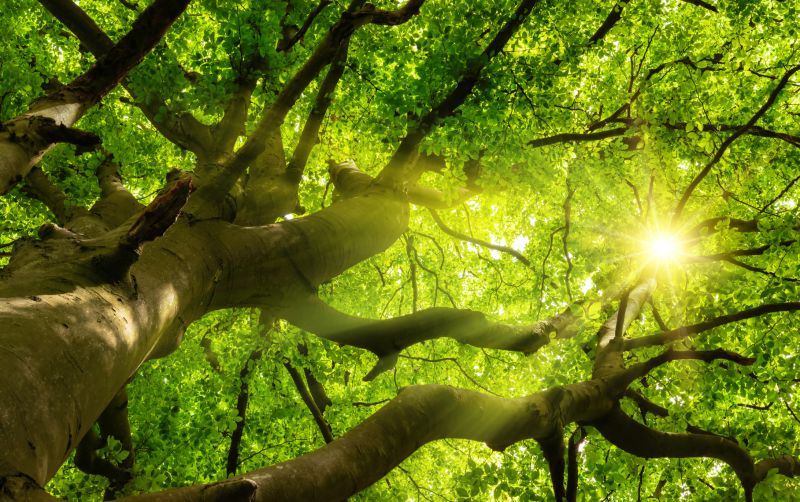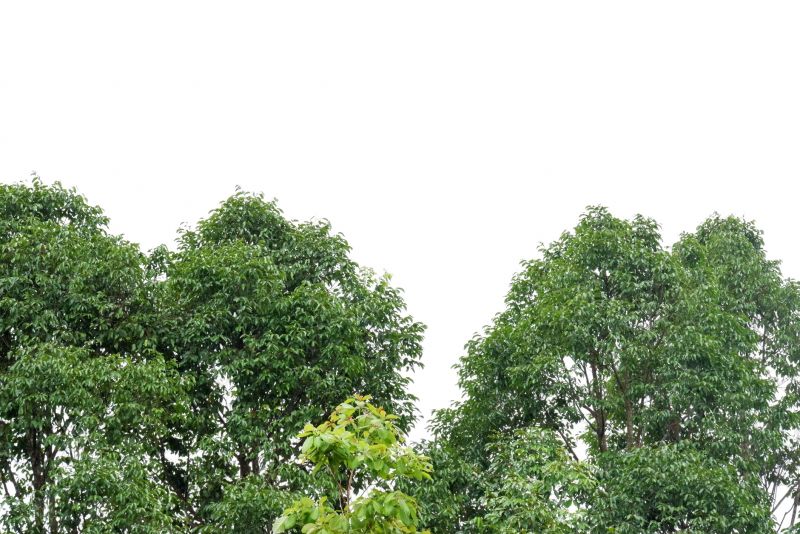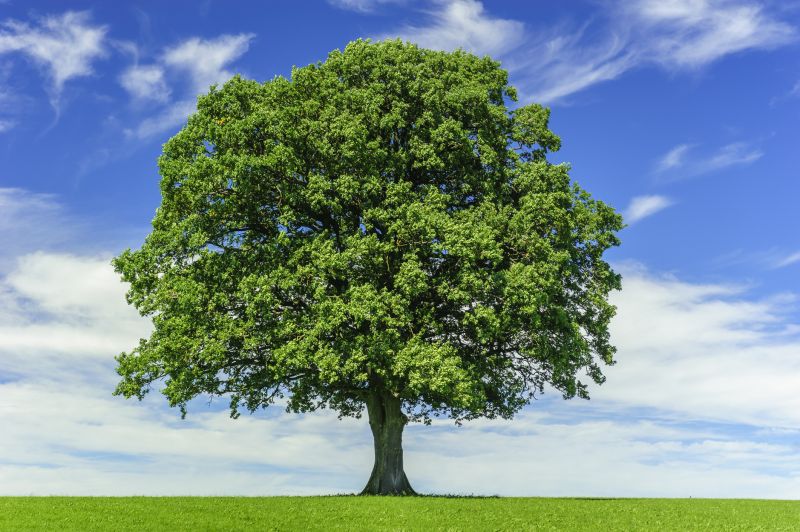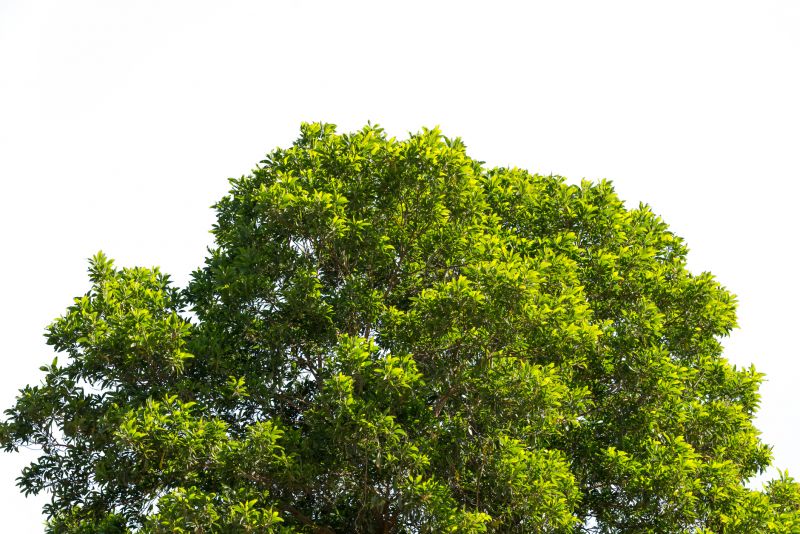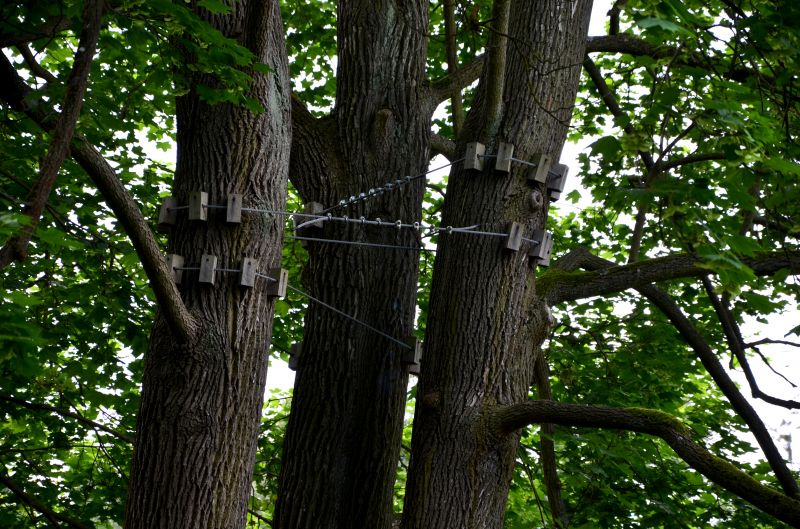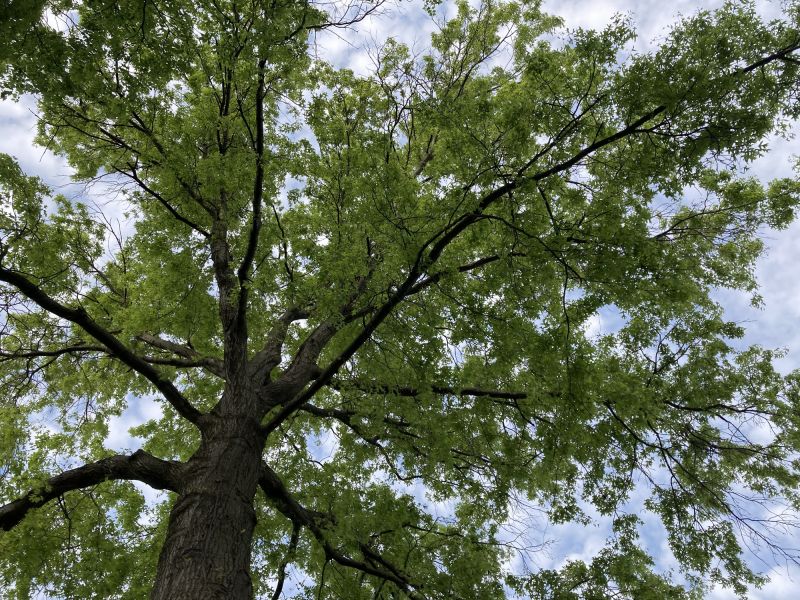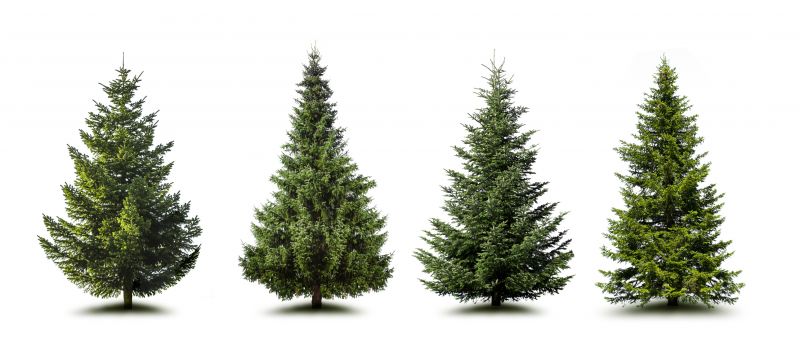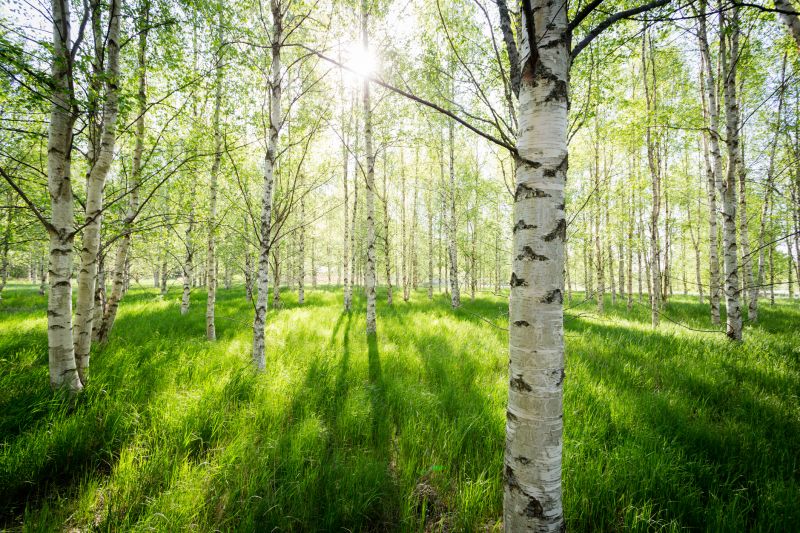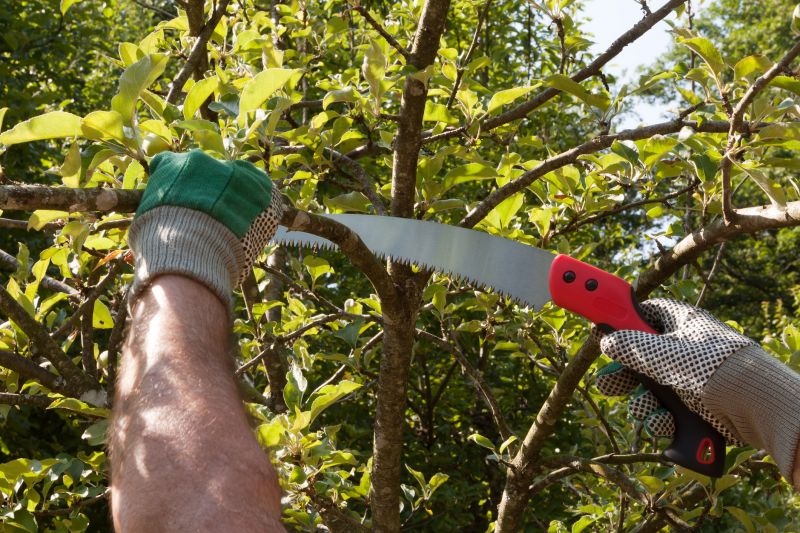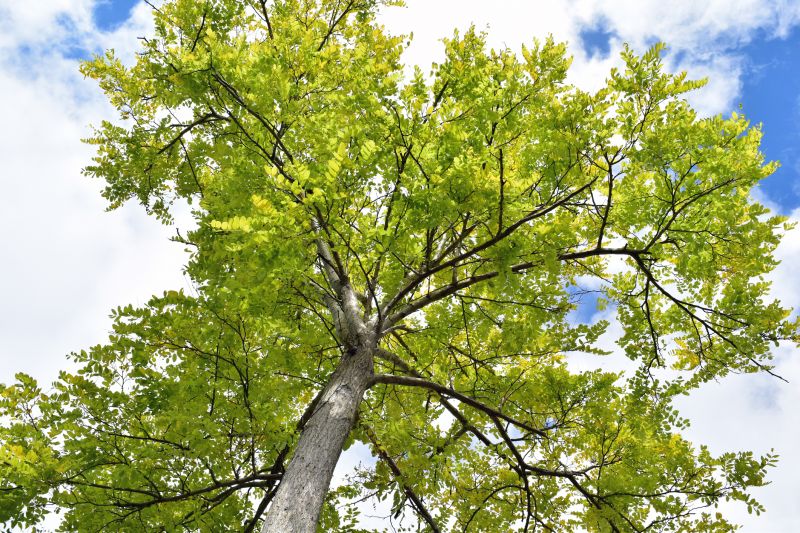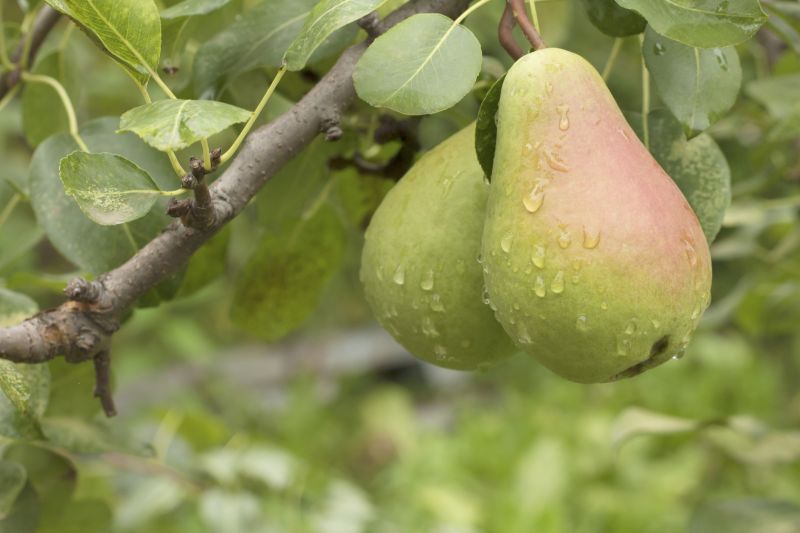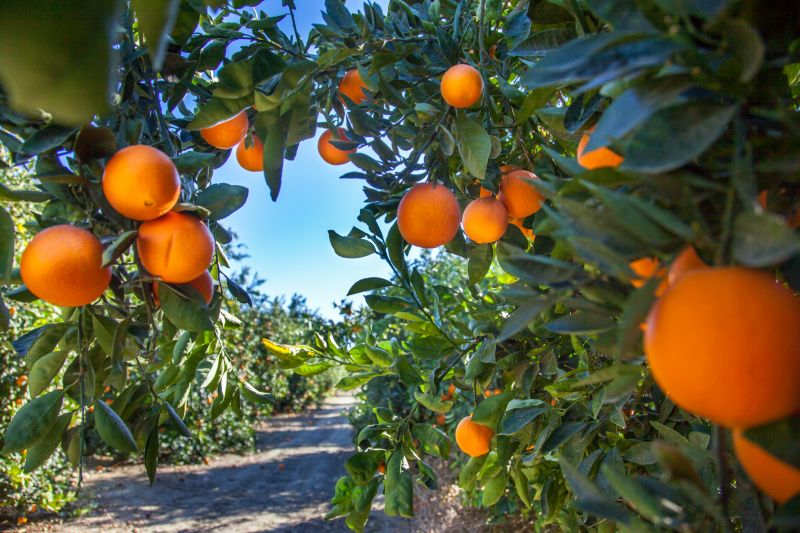
Tree Crown Reduction | How To
Get help with your tree crown reduction needs. Fill out the form above and we will connect you with local pros in your area. Tree crown reduction is a professional tree care technique that involves reducing the overall size and density of a tree's crown. This process is typically carried out to manage the growth of the tree, maintain its health, and ensure its safety. By selectively pruning branches and removing excess foliage, tree crown reduction helps to alleviate stress on the tree, improve its structural integrity, and minimize the risk of branch failure. This procedure is commonly employed to address issues such as overgrown or obstructive tree canopies, excessive shading, and potential hazards caused by nearby structures or power lines. Professional arborists utilize their expertise and specialized tools to carefully execute tree crown reduction, promoting the tree's well-being while preserving its natural beauty and aesthetics.
How to Do Tree Crown Reduction
Step 1: Assess the Tree
Before starting the crown reduction process, it is important to assess the overall health of the tree and identify any potential hazards or structural issues.
Step 2: Determine the Desired Crown Size
Decide on the desired size and shape of the tree's crown. This will depend on factors such as the tree species, location, and aesthetic preferences.
Step 3: Plan the Reduction
Plan the reduction by identifying the branches that need to be pruned. Start by removing dead, diseased, or damaged branches. Then, select branches that are crossing, rubbing, or growing in undesirable directions.
Step 4: Gather the Right Tools
Make sure you have the necessary tools for the job, including pruning shears, loppers, a pruning saw, and safety equipment such as gloves and goggles.
Step 5: Make Proper Cuts
When making cuts, follow proper pruning techniques. Cut just outside the branch collar, avoiding leaving stubs or cutting too close to the trunk. Remove branches gradually, starting with smaller ones and working your way up to larger ones.
Step 6: Maintain Tree Health
After completing the crown reduction, take steps to promote the tree's health and recovery. This includes watering, mulching, and monitoring for any signs of stress or disease.
Step 7: Dispose of Pruned Branches
Dispose of the pruned branches properly. This can include composting, recycling, or contacting local authorities for guidance on tree waste disposal.
Step 8: Regularly Monitor and Maintain
Regularly monitor the tree's growth and health after the crown reduction. Conduct routine maintenance, such as removing suckers or water sprouts, to ensure the tree remains in optimal condition.
Step 9: Seek Professional Help if Needed
If you are unsure about any aspect of tree crown reduction or if the tree is large or in a difficult location, it is recommended to seek professional help from a certified arborist.
Following these steps will help you successfully perform tree crown reduction, promoting tree health and maintaining the desired aesthetics of your landscape.

